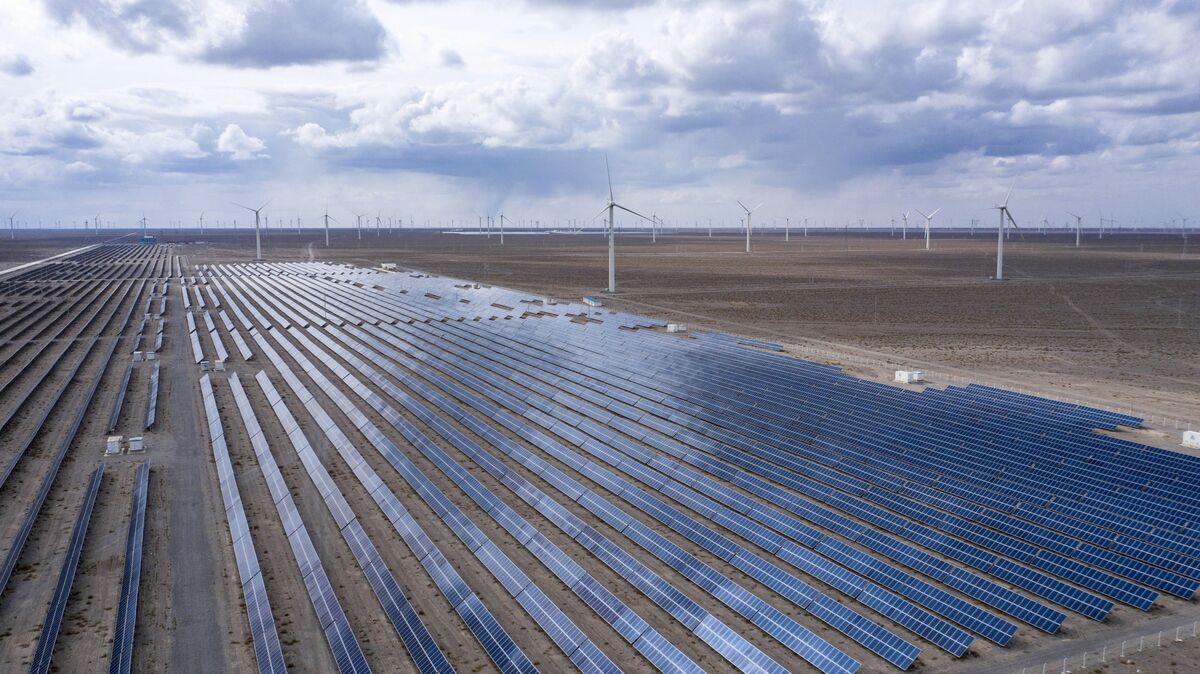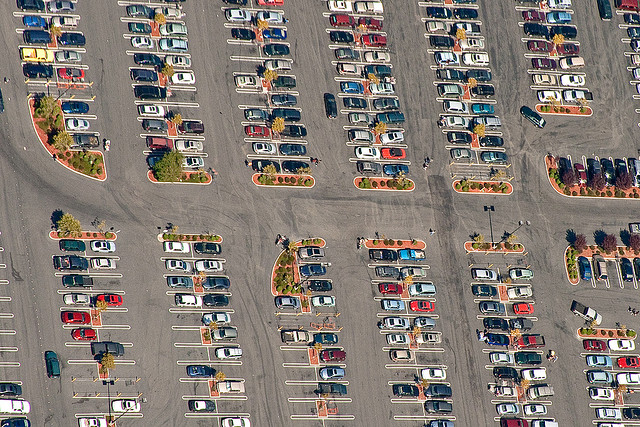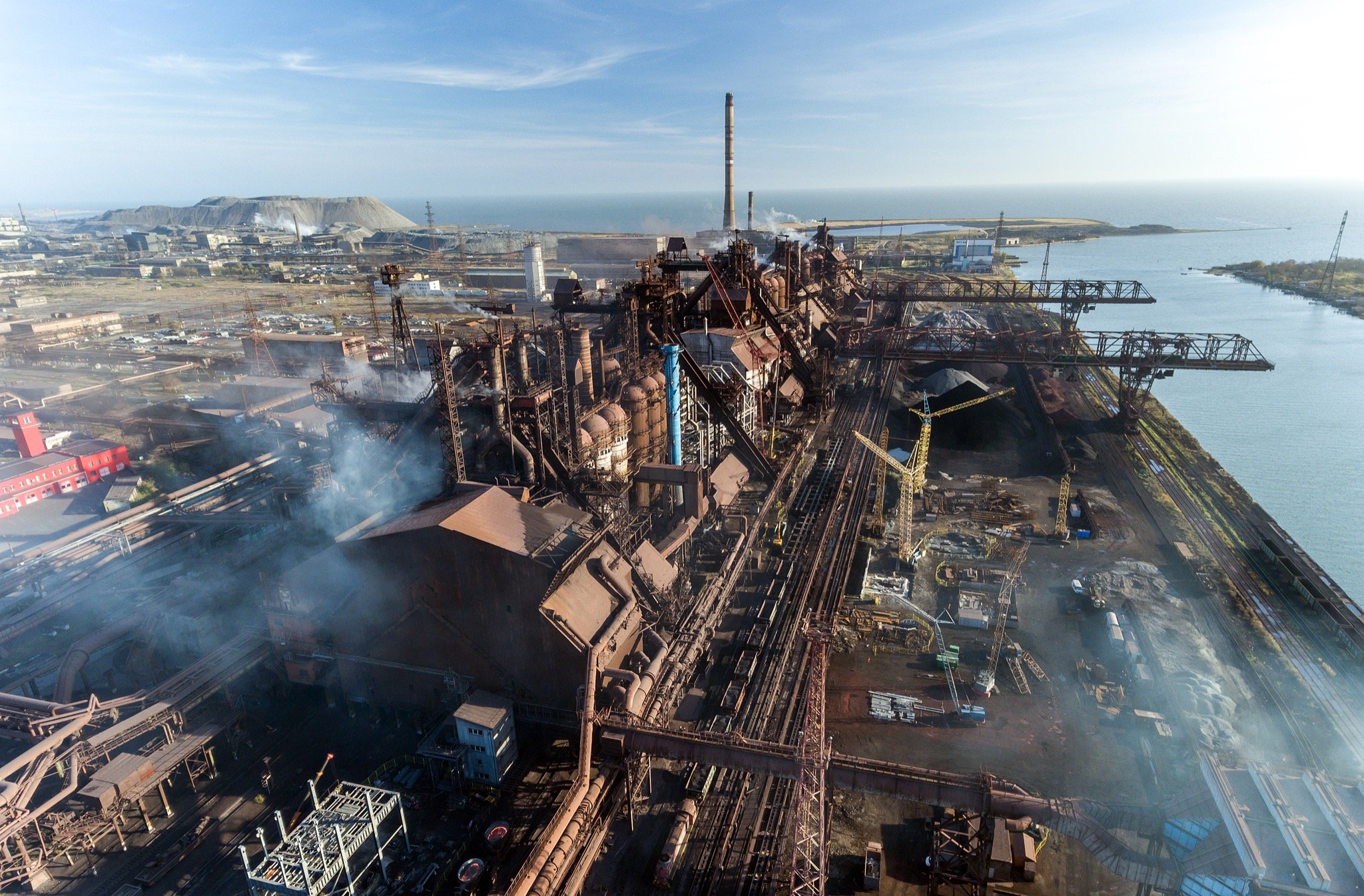iPlug
Active Member
On the Ukrainian offensive to retake Kherson, would caution the most optimistic against any expectations for a sort of blitzkrieg quick win there.
Ukraine has seized upon opportunities to attack weakness on the areas of Russian front lines there. The Russians are increasingly becoming more resource "islanded" on Dnipro's west bank.
Ukraine seems to understand their position is best served by a continued slow grinding down of the enemy. Russia's military capability shows to be progressively weakening over the last 6 months counterposed with the gradual strengthening of Ukrainian's with continued Western support.
Ukraine has seized upon opportunities to attack weakness on the areas of Russian front lines there. The Russians are increasingly becoming more resource "islanded" on Dnipro's west bank.
Ukraine seems to understand their position is best served by a continued slow grinding down of the enemy. Russia's military capability shows to be progressively weakening over the last 6 months counterposed with the gradual strengthening of Ukrainian's with continued Western support.








